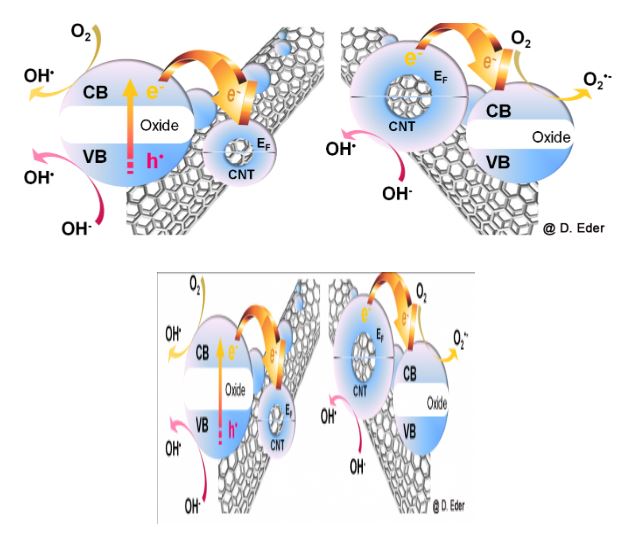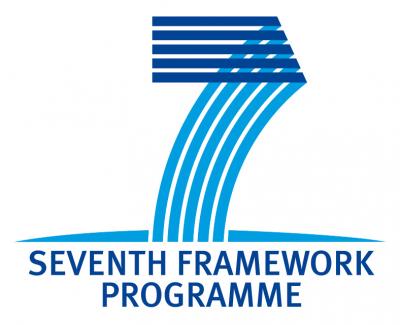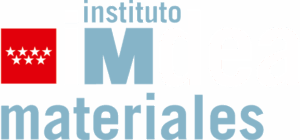Partners: IMDEA Materials Institute, Westfälische Wilhelms Universität Münster, Thomas Swan & Co Ltd., University of Cambridge, Friedrich-Alexander-Universität Erlangen-Nürnberg, INSTM, INAEL Electrical Systems and EMPA
Funding Organization: European Union, 7th Framework Programme (Cooperation, NMP Theme)
Region: Europe
Project Period: 2013 – 2016
Principal Investigator: Dr. Juan José VilatelA (juanjose.vilatela@imdea.org)

This collaborative project, coordinated by IMDEA Materials Institute and funded by the EU 7th Framework programme, gathers a group of European researchers and industrialists to produce new hybrid nanomaterials for more efficient hydrogen production through photocatalytic water splitting. Hydrogen fuel is one of most promising sources of energy for the future; in addition to having a high energy content, it produces only water after combustion, instead of CO2. Yet one of the challenges is to produce hydrogen efficiently, that is, obtaining a significant amount relative to the energy used to produce it. One of the most promising methods is photocatalytic water splitting, in which a catalyst absorbs sunlight and carries out the splitting of water molecules, somewhat similar to photosynthesis in plants.

The aim of this project is to produce materials with superior photocatalytic efficiency by combining nanocarbons (Carbon NanoTubes (CNTs) and graphene) with photoactive nanoinorganics such as metal oxides. The potential of these new nano hybrids lies in three aspects:
- Due to their nanometric size, they have an exceptionally high surface to volume ratio, accessible for the dissociation of water to produce hydrogen.
- The nanocarbons extend the light absorption range of the hybrid, therefore increasing the amount of solar energy captured for the photocatalytic reaction.
- The lifetime of the charge generated in the hybrid after light absorption is extended by separating the negative (electron transfer to the nanocarbon) from the positive (the holes stay in the inorganic), thus avoiding their recombination and enabling the completion of the photocatalytic water splitting.
Besides hydrogen production (main goal of the project), these hybrids also have great potential in other applications, such as solar energy conversion by dye-sensitized solar cells, i.e. “Grätzel cell”, water and air purification, self-cleaning surfaces, supercapacitors, batteries, …etc.
The main contributions of IMDEA to the project are: purification, functionalisation and characterisation of building blocks; production of hybrids by electrospinning and using pre-assembled nanocarbon architectures; characterisation of hybrids and interfacial processes and management of the project and coordination of dissemination and exploitation of results.
Funded by


